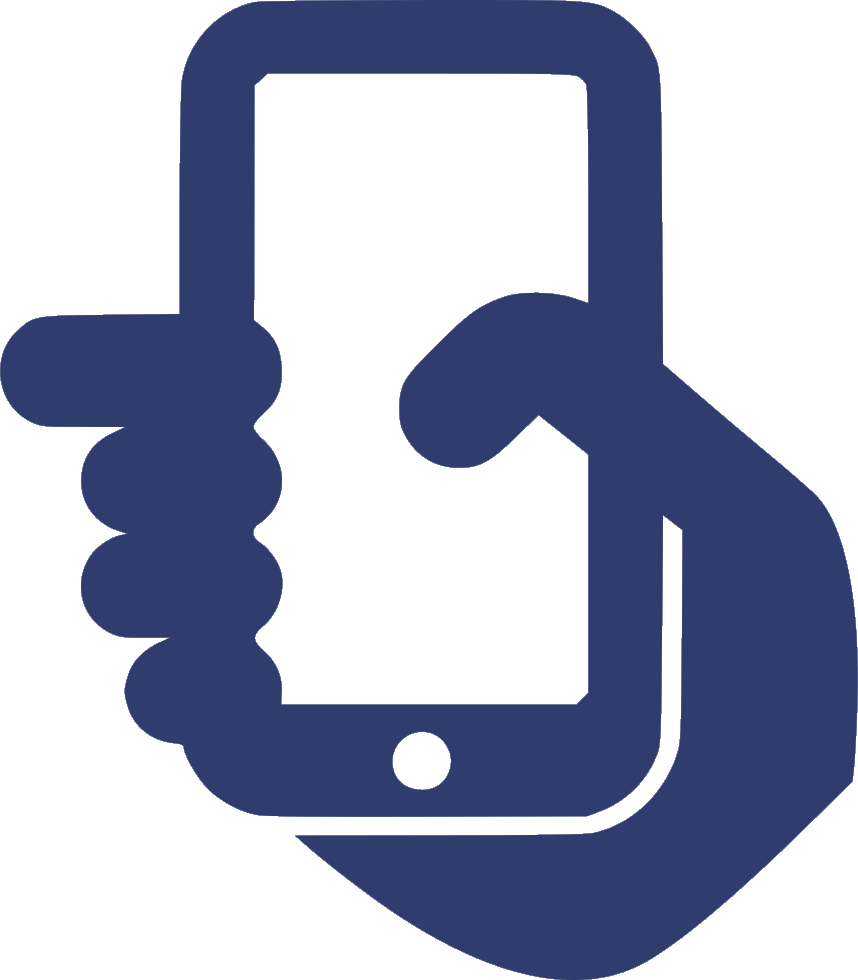How the Digital Era has transformed the Tourism Industry.
- Claudia Miller

- Sep 4, 2020
- 5 min read
Welcome back to another blog post! This week we are going to critically evaluate and discuss the impact of internet and digital technologies on the marketing mix elements of the tourism industry. It goes without saying but, the use of internet and digital technology has become a crucial element of most, if not, ALL businesses’ marketing strategy. In recent years, in order to improve operational efficiency, service quality and cutback costs, business owners within the tourism industry have implemented and prioritised the use of these technologies when marketing their business (Ip, Leung and Law, 2011).
What is the marketing mix:
A marketing mix consist of a set of different marketing tools that are controlled by a business in order to influence consumers and meet objectives. These marketing tools are known as the 7P’s (pictured below).

(Source: Chaffey & Chadwick, 2019)
But how exactly has the use of these technologies impacted each individual element of the tourism industry’s marketing mix? Let’s take a closer look at the adaptions, opportunities and risks that have to be faced by those within this industry due to the rise of the digital era.

Product:
In marketing, the product can be divided into 3 different categories. The core, augmented and actual product. In tourism, an example of a core product is generally travel, augmented can include assistance from travel agents and the actual product can include your flight or hotel booking (Classens, 2015).
Therefore, the product within the tourism industry includes a combination of both product and services such as transportation, restaurants, accommodation, landscapes, a destination and its activities and, customer service (Gasperi, 2014).
The tourism industry has a large realm of different products available and it can be overwhelming, luckily the introduction of internet and digital technology has allowed the tourism industry to offer tailored product searches through the use of mass customisation, based on the specific wants and needs of the consumer (Chaffey and Chadwick, 2019). For example, when someone is booking a hotel online, they are able to customise a number of variables from price, facilities, type of hotel room, location etc.

Source: booking.com
In Addition to this, digital technologies have allowed tourism companies to provide what is known as ‘bundling’. Bundling combines both products and services that go hand in hand so when customers are booking online they can do everything needed all in one place. I’ve provided an example of this below. You can see how Web jet has the option to book both a flight and hotel through the one domain.

Source: webjet.com
Previously, organising travel without today’s current digital advancements was very time consuming and would often involve seeking held from a professional, now it’s as easy a clicking a few buttons and you’re on your way!

Price:
The pricing of product in the tourism industry is an element that has been largely impacted from the
use of the internet and digital technologies. The tourism industry is extremely competitive and has become even more competitive within the digital era. Consumers are able to browse and compare prices freely, finding the cheapest options available. There are also websites such as Trivago, Hotels Combined, Booking.com etc that automatically find the cheapest options for the consumer’s specific needs and, eliminates the face to face booking system. This has created a high level of convenience for consumers but, has negatively impacted travel agencies.

Promotion:
The use of internet and digital platforms such as Instagram, Facebook, Twitter, Email etc. has played a large role in the promotion within the tourism industry. The use of these platforms allows those within the tourism industry to advertise with ease, reaching a large amount of people at a low cost or, for free. Beforehand, the industry was limited to advertising via the use of traditional marketing media including TV, magazines, radio and billboards. Whilst these were and still are effective ways of promoting, they are much more expensive and only provide to a limited audience.
The tourism industry has also been able to take advantage of social media “Influencers” by offering them free trips/holidays overseas in exchange for content. Again, promoting to a larger demographic through their audience and encouraging their followers to engage with the product/service.

Source: @wearekomodo on Instagram

Place:
Place is an element that has been impacting tremendously due to digital technology. Nowadays there is no need to physically go to a travel agency and speak with a consultant in order to book your flights, holiday, hotels or transportation. The internet has allowed tourism providers to create websites that include a booking system, so it can all be organised in the comfort of your own home. This can be done through a number of different websites whether they are seller controlled (main website of the supplier company) or, neutral sites (independent intermediaries that allow for comparison).
Evans and Wurster created their own view of the place element of the marketing mix, identifying 3 aspects that create a ‘navigational advantage’ including:
Reach: The potential audience of the online website. For example, Booking.com use a variety of social media platforms (pictured below) so they are able to promote their products and services to a larger audience.


Richness: The quality and depth of information that can be retrieved from and, provided to the consumer. For example, Booking.com allows customers to filter options that are specified to their needs when booking online. This helps them to give the most accurate and relevant information to the consumer.
Affiliation: Whose interest the selling organisation represents. A great example of affiliation is websites such as Trivago and Hotels Combined. They have the consumers interest at heart as they want to provide them with the cheapest option.

People:
Although the travel industry now has a large presence on the online world, there is still a requirement for human to human interaction. Customer service and customer support is still of high demand in this industry. For example, if someone needs assistance with booking online, they can call a support phone number. There are also a large number of employees needed for jobs such as pilots, drivers, flight attendants, hotel receptionists, tour guides. Therefore it is an industry that cannot be 100% online (Wilson, 2018).


Process:
The process of tourism has been positively impacted by the digital technologies. It has allowed for information to be provided and accessed much easier, and has made the overall task of booking a trip much faster and easier. Previously anything travel related would have to be book and organised via phone or face to face interaction. This process has been changed completely and doesn't even involving speaking to a real person anymore as people can use apps and virtual booking systems. Digital technologies have also allowed for smooth transactions throughout airports and hotels.

Physical evidence:
Last but definitely not least, we have physical evidence, referring to the tangible aspect of the industry. Physical evidence has impacted the tourism industry, introducing an array of new ways they can physically see a tangible expression of the product or service they have purchased. An example of how this has evolved with the adaption of digital technology include the emailing of receipts, booking numbers, flight and transportation tickets and any confirmation of purchase. Some companies also provide a mobile phone app where this can all be easily accessed. Previously these are all things that would have been printed and stored physically on paper.
Now that we have covered each of the tourism marketing mix elements and how they have been impacted, I hope that you have learnt something new and reflected upon the many changes that have occurred overtime, changing your experience as a consumer.
Talk soon,
Claudia.
REFERENCES:
Chaffey, D & Ellis-Chadwick, F (2019) “Digital Marketing, 7th Edition”, Pearson VitalBook file.
Classens, M (2015) “Three Levels of Product”. Available at: https://marketing-insider.eu/three-levels-of-product/ (Accessed September 3rd, 2020).
Gasperi, A (2014) “Role and Effectiveness of Marketing Services in Tourism”, University of Euroregional Economy (online). Available at: https://www.academia.edu/9492907/Tourism_Marketing_7_Ps (Accessed 3rd September, 2020).
Ip, C., Leung, R. and Law R (2011), "Progress and development of information and communication technologies in hospitality", International Journal of Contemporary Hospitality Management, Vol. 23 No. 4, pp. 533-551.
Available at: https://doi.org/10.1108/09596111111130029 (Accessed 3rd September, 2020).
Wilson, T (2018) “How Digital Marketing Has Changed the Travel and Tourism Industry” Available at: https://medium.com/@calltyrone_w/how-digital-marketing-has-changed-the-travel-and-tourism-industry-bfa42f73be30 (Accessed 3rd September, 2020).







Comments